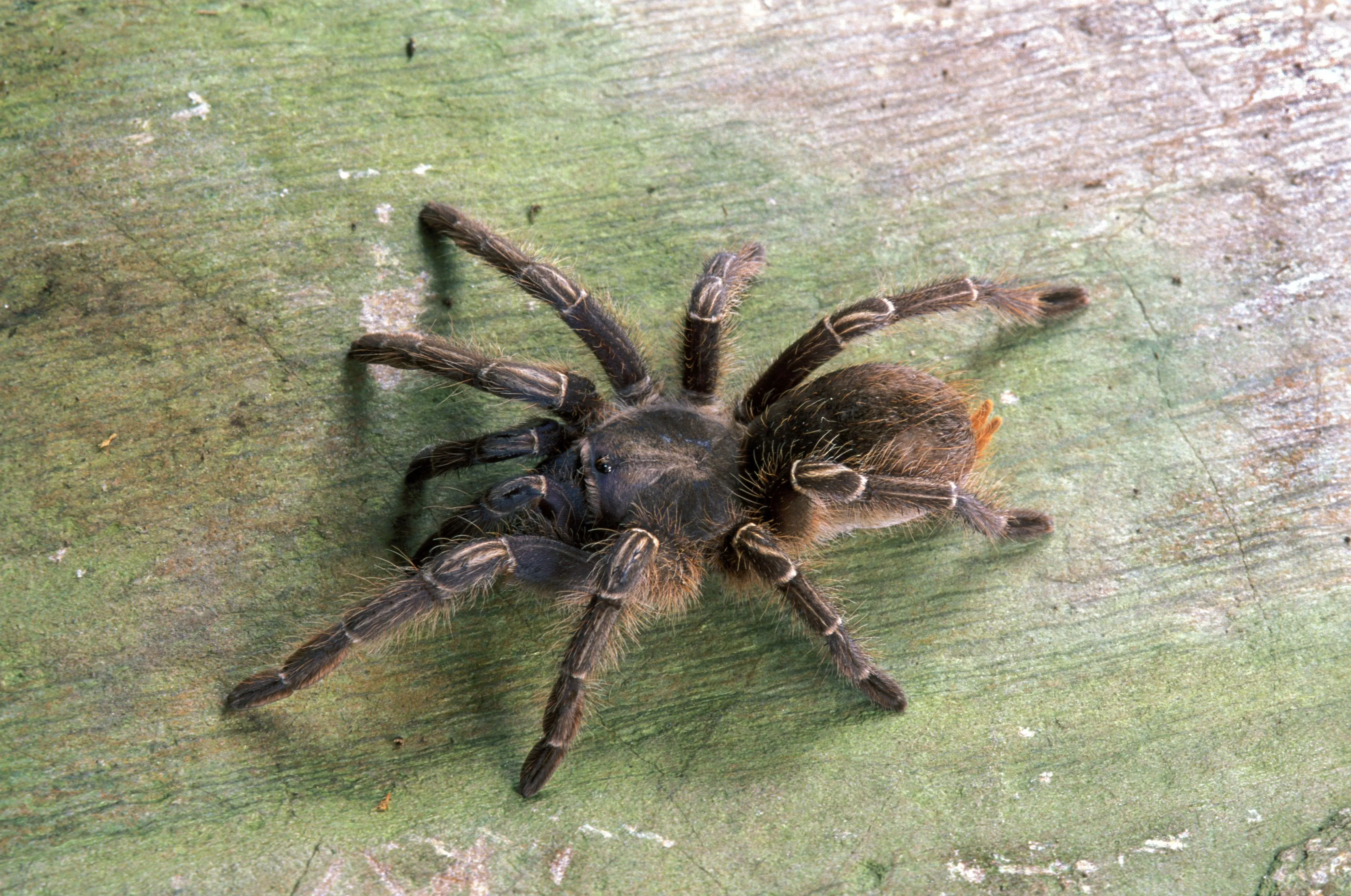What Makes a Tarantula Green?
The vibrant green hues of certain tarantula species captivate many, but the question remains how do these arachnids achieve this striking coloration? The answer lies in a combination of structural coloration and pigments. Unlike pigments that absorb and reflect specific wavelengths of light, structural coloration arises from the physical structure of the tarantula’s exoskeleton. Tiny structures within the hairs and cuticle of the tarantula’s body scatter light, leading to the appearance of green. This phenomenon is similar to how a peacock’s feathers or a Morpho butterfly’s wings display iridescent colors. The specific arrangement of these structures determines the exact shade of green. Additionally, some green tarantulas may possess pigments, such as biliverdin, which can contribute to the overall color. These pigments absorb certain wavelengths, further enhancing the green appearance. It’s a fascinating interplay of biology and physics that results in these stunning creatures.
5 Stunning Green Tarantula Species
The world of tarantulas is diverse and filled with captivating species, and among them are some truly remarkable green varieties. These arachnids are prized by hobbyists for their vibrant colors and unique behaviors. This guide will introduce you to five of the most stunning green tarantula species, highlighting their key characteristics, care requirements, and what makes them so special. From the well-known Emerald Green Tarantula to other lesser-known species, prepare to be amazed by the beauty and diversity of these fascinating creatures. Each species offers a distinct appeal, making them popular choices for both novice and experienced tarantula keepers. These species not only boast beautiful coloration but also exhibit varied behaviors, adding to their allure. Observing these tarantulas is a rewarding experience, as they display a range of interesting activities, from web-spinning to hunting.
The Emerald Green Tarantula
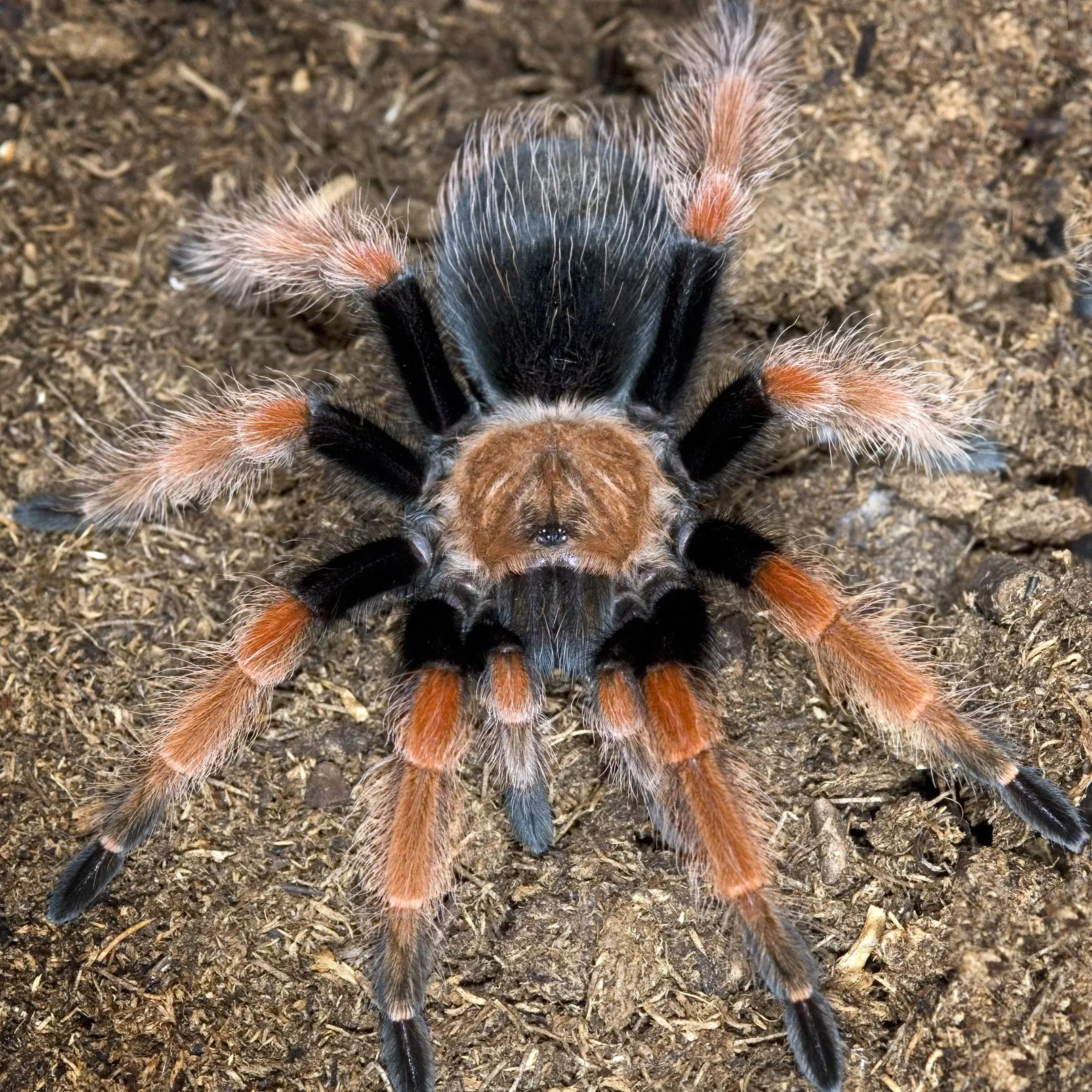
The Emerald Green Tarantula, scientifically known as Avicularia versicolor, is one of the most sought-after species in the tarantula hobby. Its stunning iridescent green coloration, combined with its relatively docile temperament, makes it a popular choice. Native to the Caribbean islands, particularly Martinique and Guadeloupe, this arboreal species spends most of its life in trees, constructing intricate webs to catch prey. The vivid green hue is most pronounced in adult females, while younger specimens often display a metallic blue coloration that gradually transforms as they mature. These tarantulas are known for their gentle disposition, making them suitable for experienced keepers. Their unique appearance and manageable care requirements contribute to their widespread appeal. Caring for an Emerald Green Tarantula requires understanding its arboreal lifestyle and providing an environment that mimics its natural habitat.
Habitat and Care
Caring for an Emerald Green Tarantula involves providing a suitable arboreal setup. A tall terrarium is essential, with plenty of vertical space for climbing and web-building. The enclosure should be furnished with branches, cork bark, and live or artificial plants to provide hiding places and anchor points for webs. Maintaining proper humidity levels is crucial; this can be achieved through regular misting and providing a shallow water dish. The temperature should be kept between 75-85°F (24-29°C). Substrate choice is also important; a mixture of coco fiber, peat moss, and vermiculite is ideal, providing good moisture retention. Regular cleaning and removal of uneaten food are essential to prevent mold and maintain a healthy environment. It’s important to avoid handling the tarantula unnecessarily, as this can cause stress. Careful monitoring of the enclosure ensures the well-being of this striking arachnid. Proper habitat will ensure a long and healthy life.
Feeding and Diet
The Emerald Green Tarantula, like most tarantulas, is an opportunistic predator. Their diet consists primarily of insects, with crickets, roaches, and mealworms being common choices. The size of the prey should be appropriate for the tarantula’s size; generally, the prey should be no larger than the tarantula’s body length. Feeding frequency depends on the tarantula’s age and size; young tarantulas may need to be fed several times a week, while adults can be fed once or twice a week. It is important to offer a variety of insects to ensure a balanced diet. Always remove any uneaten prey within 24 hours to prevent stress for the tarantula or potential injury. Fresh, clean water should always be available in a shallow dish. Occasionally, you can offer pre-killed prey to minimize the risk of injury to the tarantula. Monitoring the tarantula’s abdomen will help you determine if it’s adequately fed; a plump abdomen indicates a well-fed tarantula.
The Antilles Pinktoe Tarantula
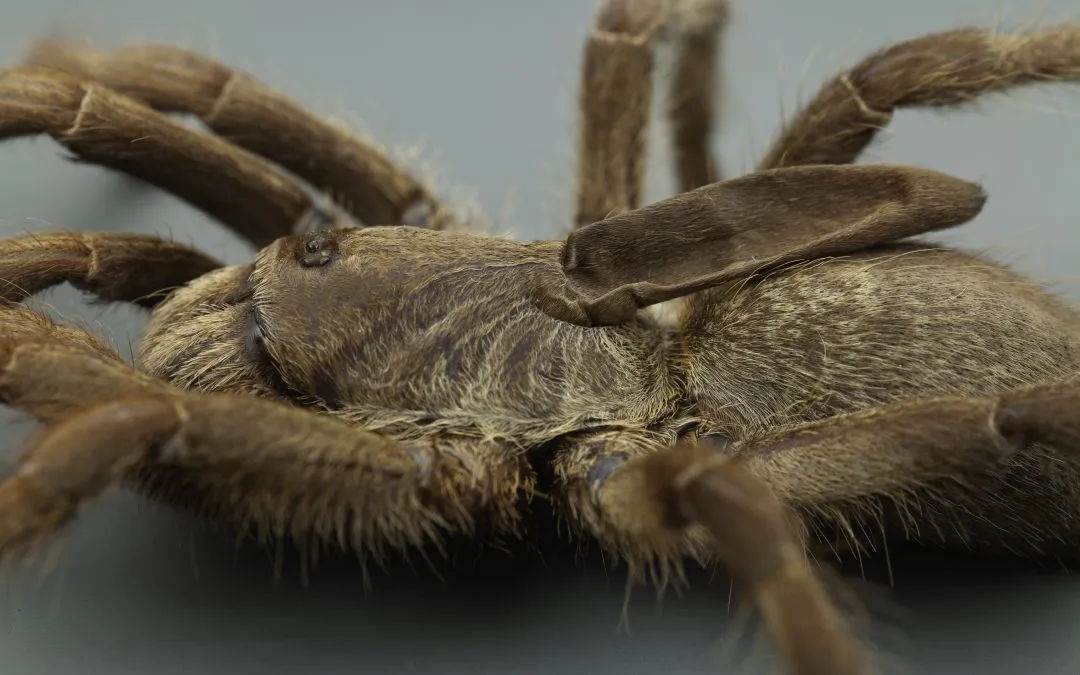
The Antilles Pinktoe Tarantula, Caribena versicolor, offers another stunning example of arboreal beauty in the tarantula world. This species is known for its striking appearance, featuring a vibrant green body and characteristic pink toe pads. Native to the Lesser Antilles islands, this tarantula shares many care similarities with the Emerald Green, but with its own unique characteristics. Their coloration provides excellent camouflage within their natural habitat, and their docile nature makes them appealing to keepers. Understanding their specific requirements is key to successfully keeping these captivating tarantulas. Their vibrant colors and manageable care make them popular choices. The pink toes also provide a captivating feature to this species.
Appearance and Behavior
The Antilles Pinktoe Tarantula’s most distinguishing feature is, of course, its vibrant green carapace and abdomen, complemented by pink-tipped feet. Juvenile tarantulas often display a more muted coloration that intensifies as they mature. They are arboreal creatures, preferring to spend their time in trees, under bark, or within constructed webs. Their behavior is relatively calm, but they are still capable of defensive postures if provoked. They are known for their speed and agility when hunting. They are often seen actively spinning webs. These tarantulas are a rewarding species to observe. Their vibrant colors and interesting behaviors provide a captivating experience for keepers.
Housing and Environment
Housing an Antilles Pinktoe tarantula is similar to other arboreal species. A tall, well-ventilated terrarium is essential, providing ample space for climbing. Include plenty of vertical climbing surfaces, like branches or cork bark. The substrate should be a moisture-retaining mixture of coco fiber and peat moss. Maintain a humidity level of around 70-80% through regular misting and provide a shallow water dish for drinking. The temperature range should be between 75-85°F (24-29°C). Live or artificial plants add to the natural aesthetic and provide additional hiding places. Regular cleaning of the enclosure and removal of any uneaten food are crucial to prevent mold and bacterial growth, ensuring a healthy environment for your tarantula. Careful attention to habitat will enhance the overall experience.
The Versicolor Tarantula
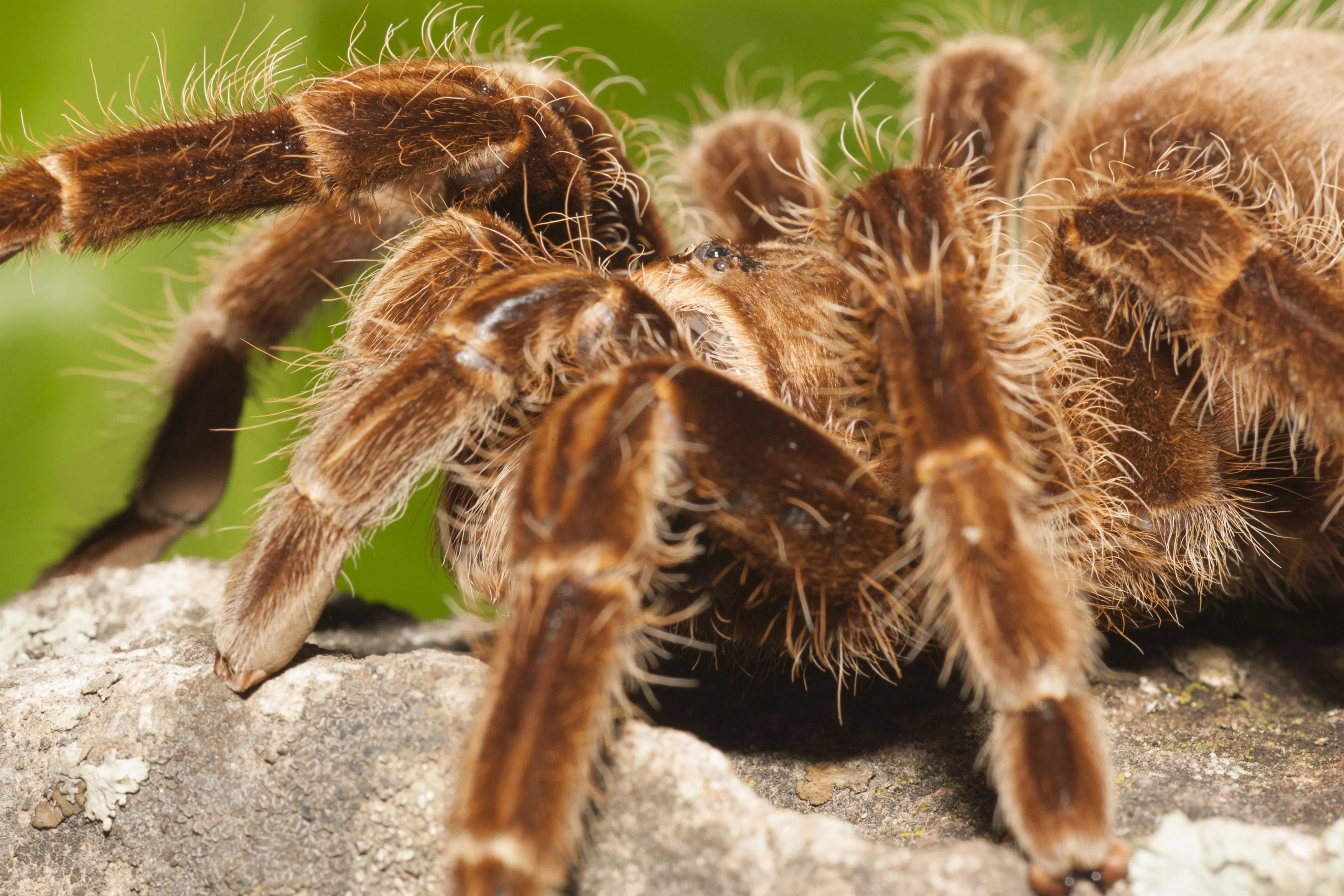
The term ‘Versicolor Tarantula’ refers to a broader group of species that can exhibit a green coloration, adding further diversity to the green tarantula spectrum. Often, this term is used interchangeably with the Emerald Green Tarantula (Avicularia versicolor), which highlights the beautiful color variations. These tarantulas are characterized by a vibrant green hue. Other species may display green coloration, too. Understanding the specific needs of each species is critical, though they share some overlapping characteristics. The term ‘Versicolor’ can also be applied to other species which possess a changing color. The varying shades of green makes them intriguing. Careful observation and attention to their needs are essential.
Temperament and Handling
While the Emerald Green and Antilles Pinktoe Tarantulas are known for their relatively docile temperaments, handling them is generally discouraged. Tarantulas are delicate creatures, and handling can be stressful for them, potentially leading to injury. If handling is necessary, do so with extreme caution and only when absolutely required (such as during enclosure maintenance). Always handle a tarantula close to a soft surface to minimize the risk of injury in case it falls. Be aware of their defensive behaviors, such as flicking urticating hairs (a defense mechanism). Prioritize the tarantula’s well-being. Instead of handling, observing their natural behaviors within their enclosure offers a more rewarding experience. Responsible pet ownership includes respecting the animal’s needs and limitations.
The Caribena Versicolor
The Caribena Versicolor (formerly Avicularia versicolor) is often grouped with the other green tarantulas due to its color. It’s another sought-after arboreal species from the Caribbean. Its green coloration, combined with its gentle nature, makes it a popular choice. This species needs similar housing to the other arboreal species discussed. Their gentle nature makes them suitable for intermediate keepers. Understanding their distinct features is crucial to care. The vibrant colors make them highly desirable. A healthy Caribena Versicolor is a rewarding sight.
Health and Common Issues
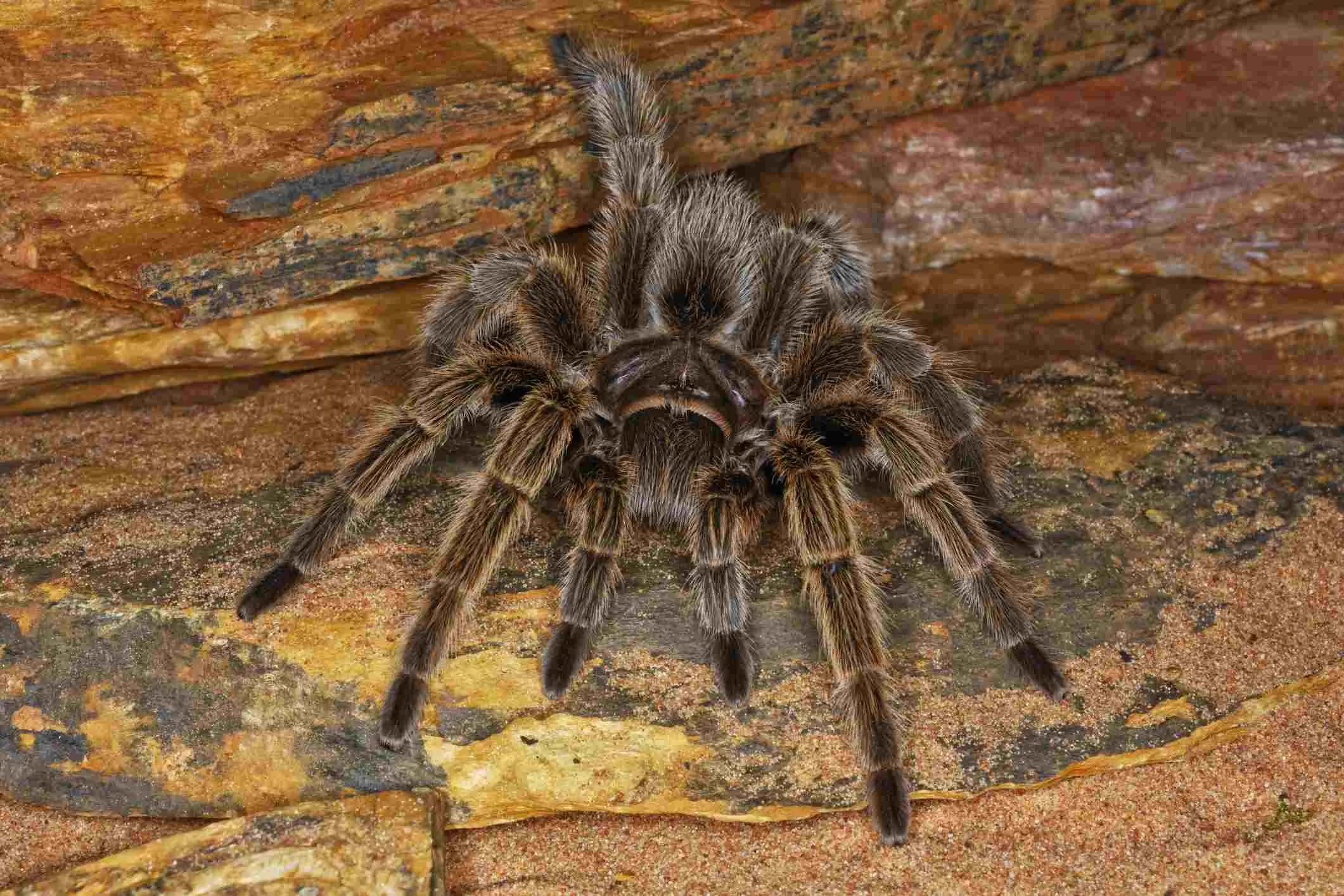
Like all tarantulas, green species can be susceptible to certain health issues. Proper care and maintenance are essential to prevent problems. One of the most common issues is dehydration, which can be avoided by ensuring a consistent supply of fresh water. Overfeeding can also be detrimental, leading to obesity and potential molting problems. Other problems to watch for include mites, fungal infections, and parasitic infestations. Regularly inspect your tarantula’s enclosure for signs of these issues, and address them promptly. Proper ventilation and humidity levels are crucial to prevent fungal and bacterial infections. Quarantine new tarantulas to avoid spreading any potential diseases. A proactive approach to health will promote long life.
Choosing the Right Green Tarantula for You
Choosing the right green tarantula species depends on various factors, including your experience level, space availability, and personal preferences. If you’re a beginner, the Emerald Green Tarantula or Antilles Pinktoe Tarantula can be great choices due to their relatively docile temperaments and manageable care requirements. Consider the size and space you have available; arboreal species require tall enclosures. Research each species thoroughly, understanding their specific needs and behaviors before making a decision. Consider the level of humidity, temperature, and diet requirements. Assess your commitment to providing the necessary care. Speak with experienced keepers or breeders for advice, and make sure you have the knowledge to provide the best possible life for your tarantula. A well-informed decision ensures a rewarding experience.
